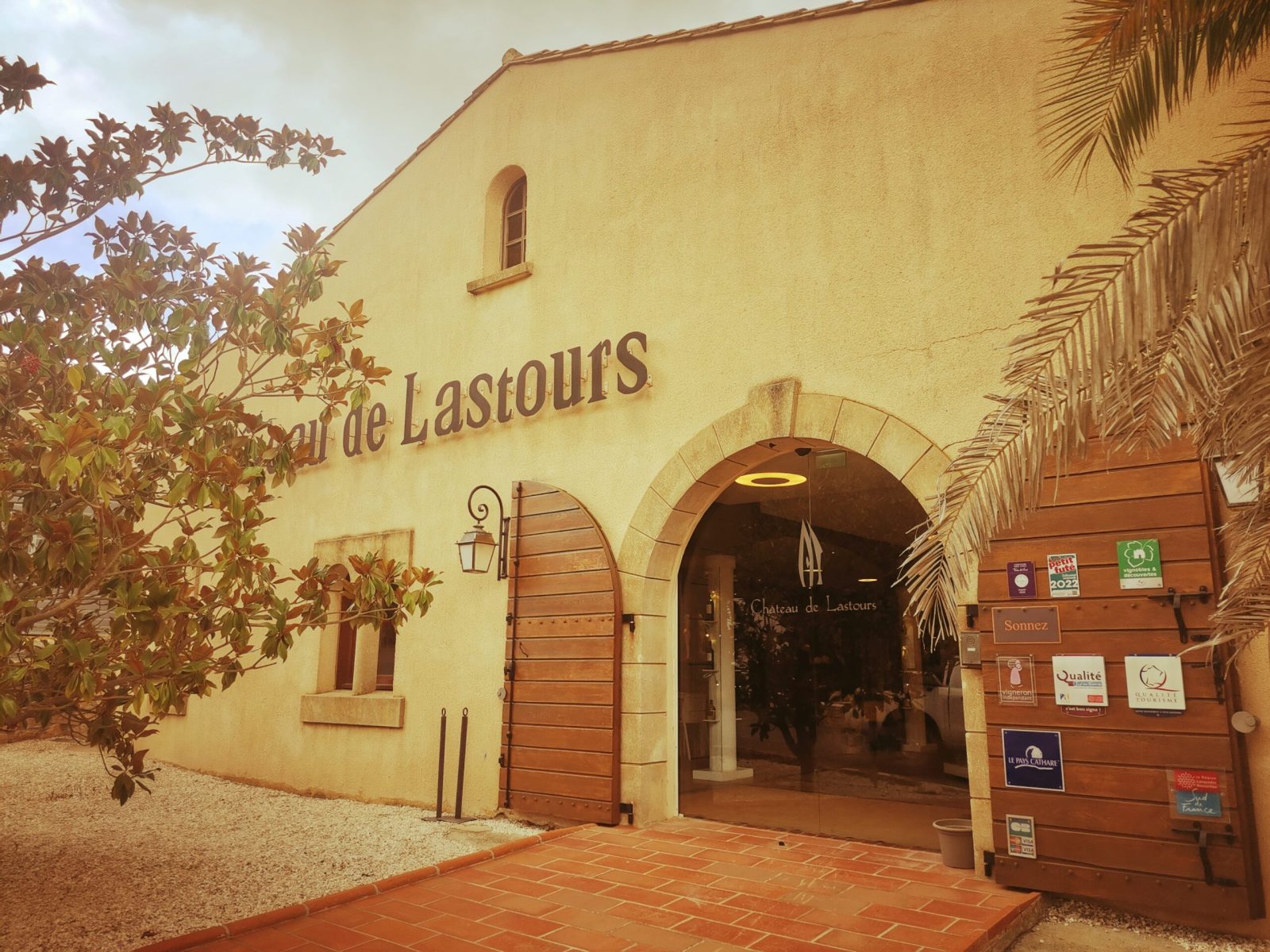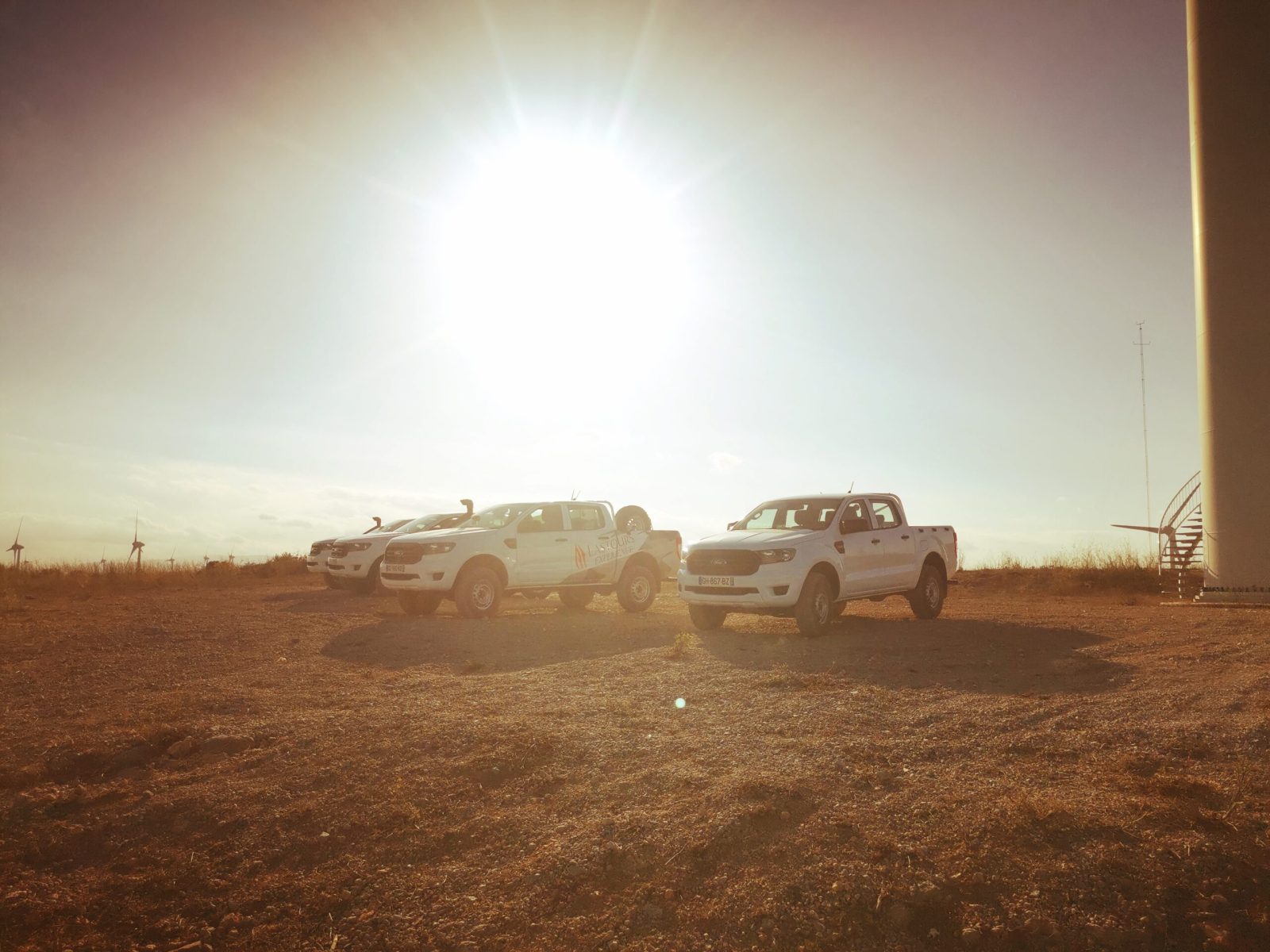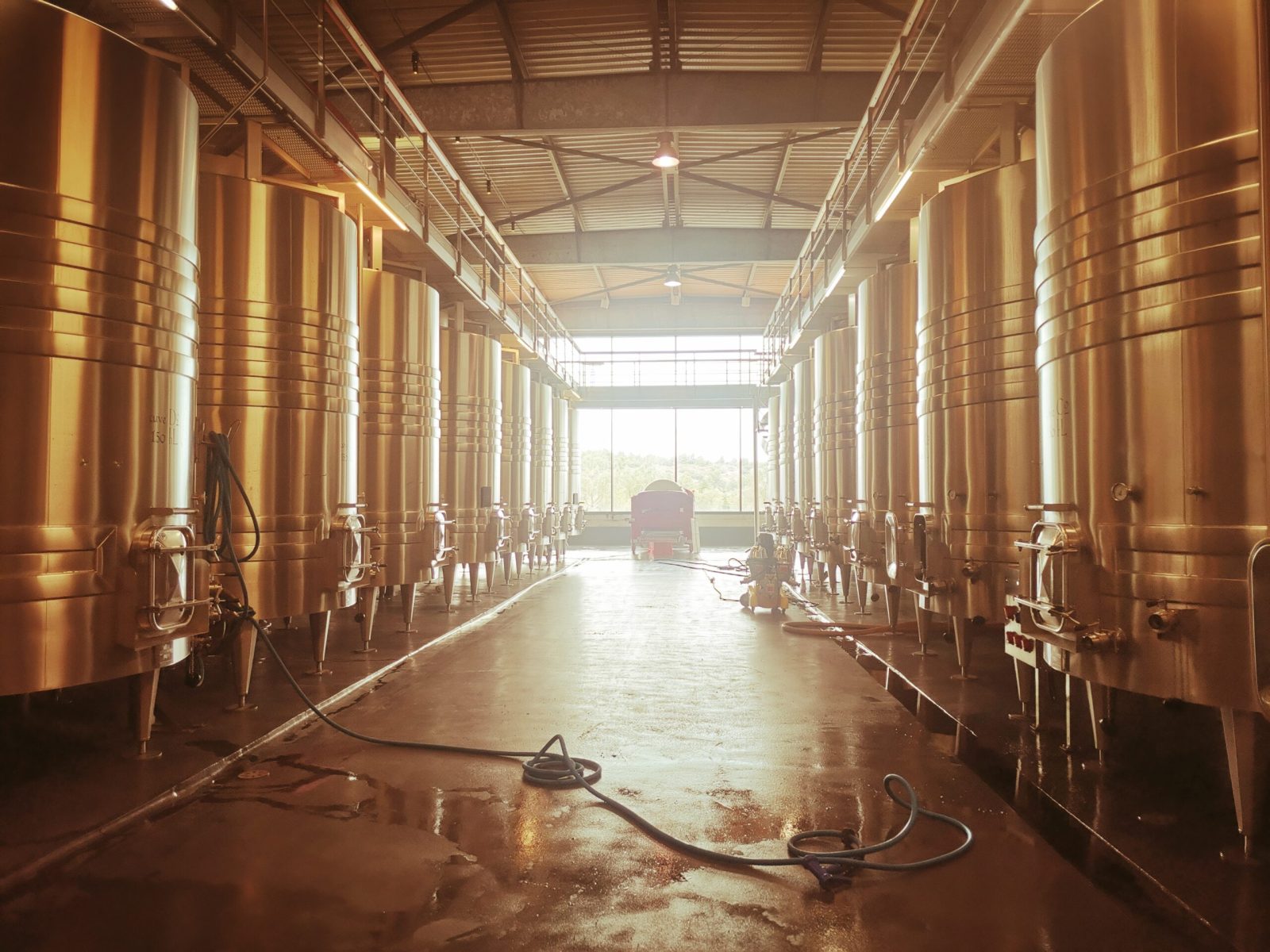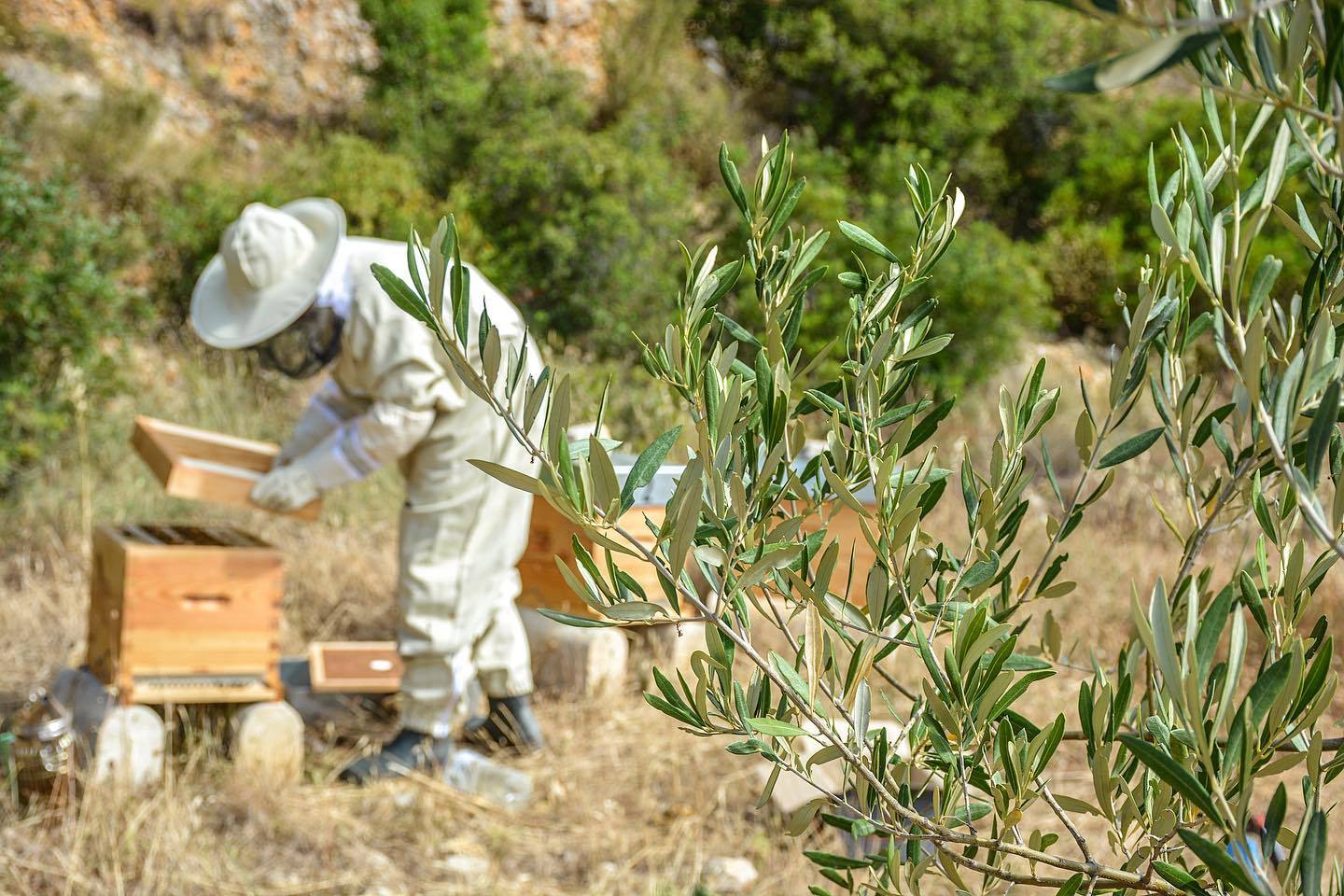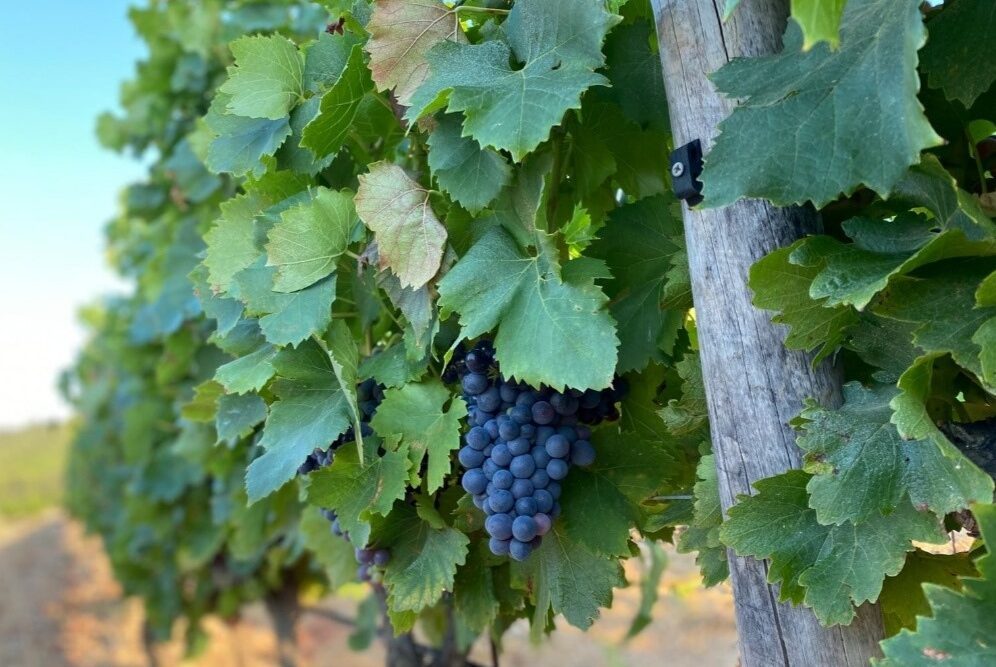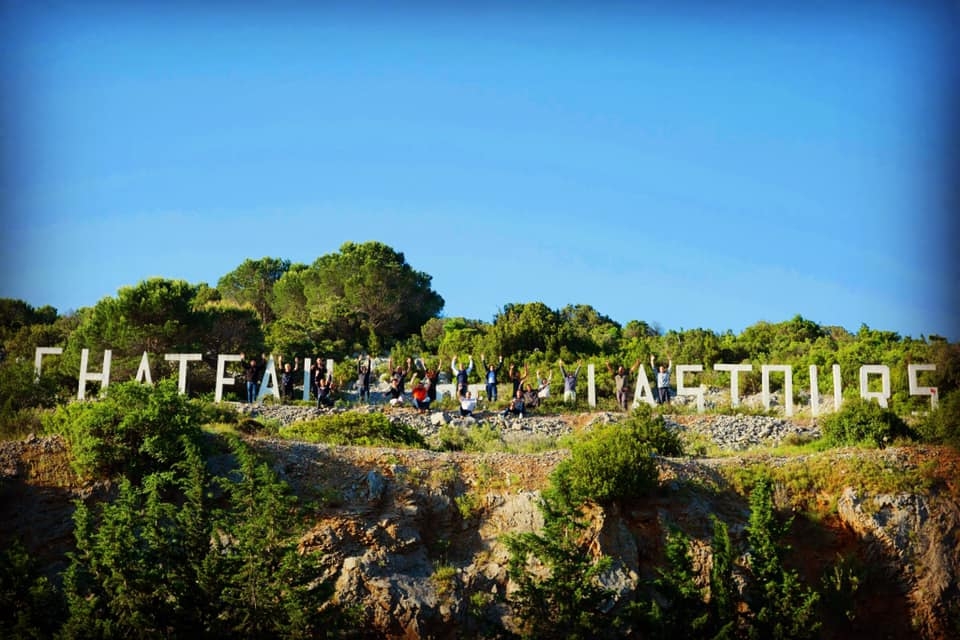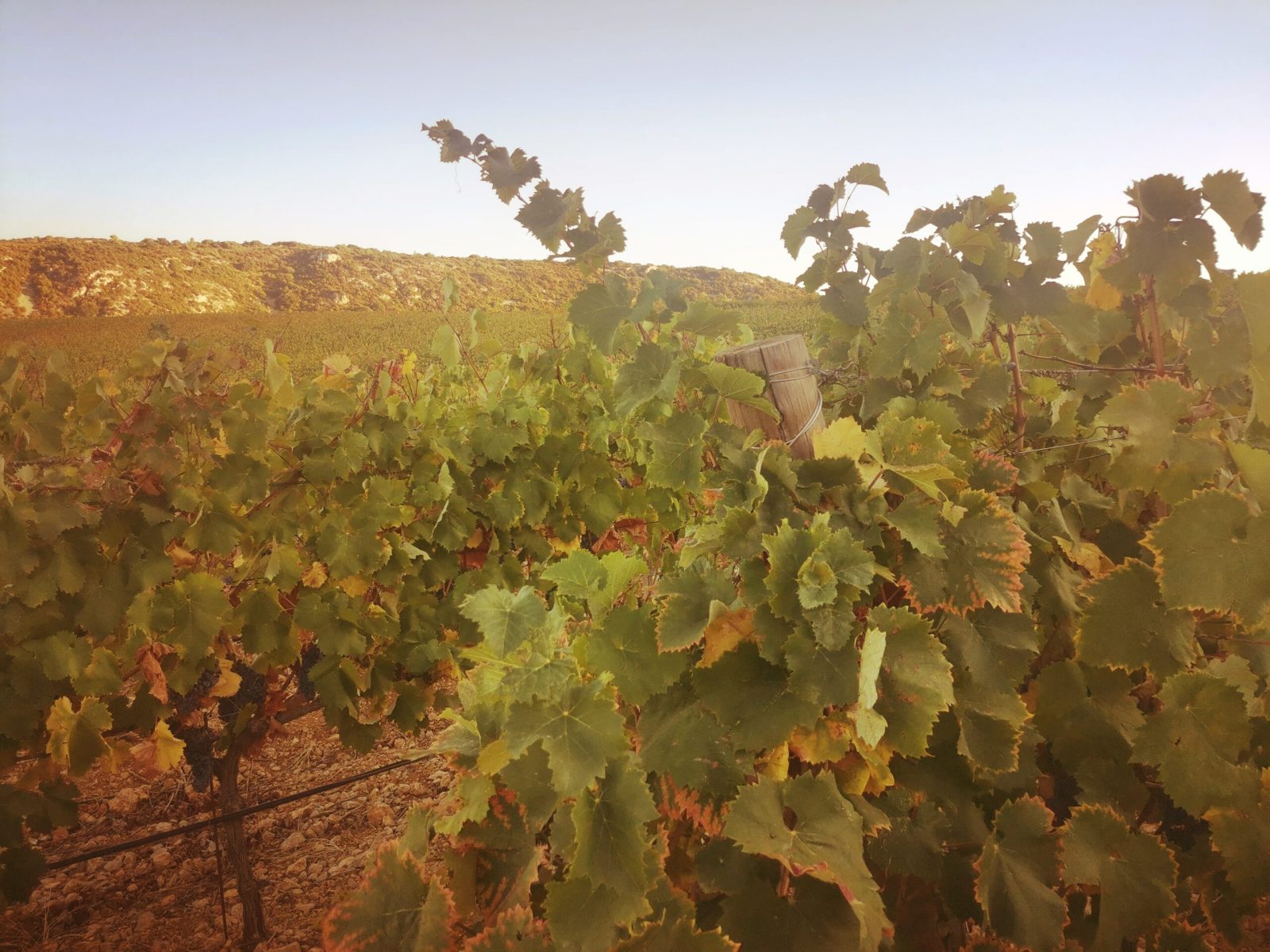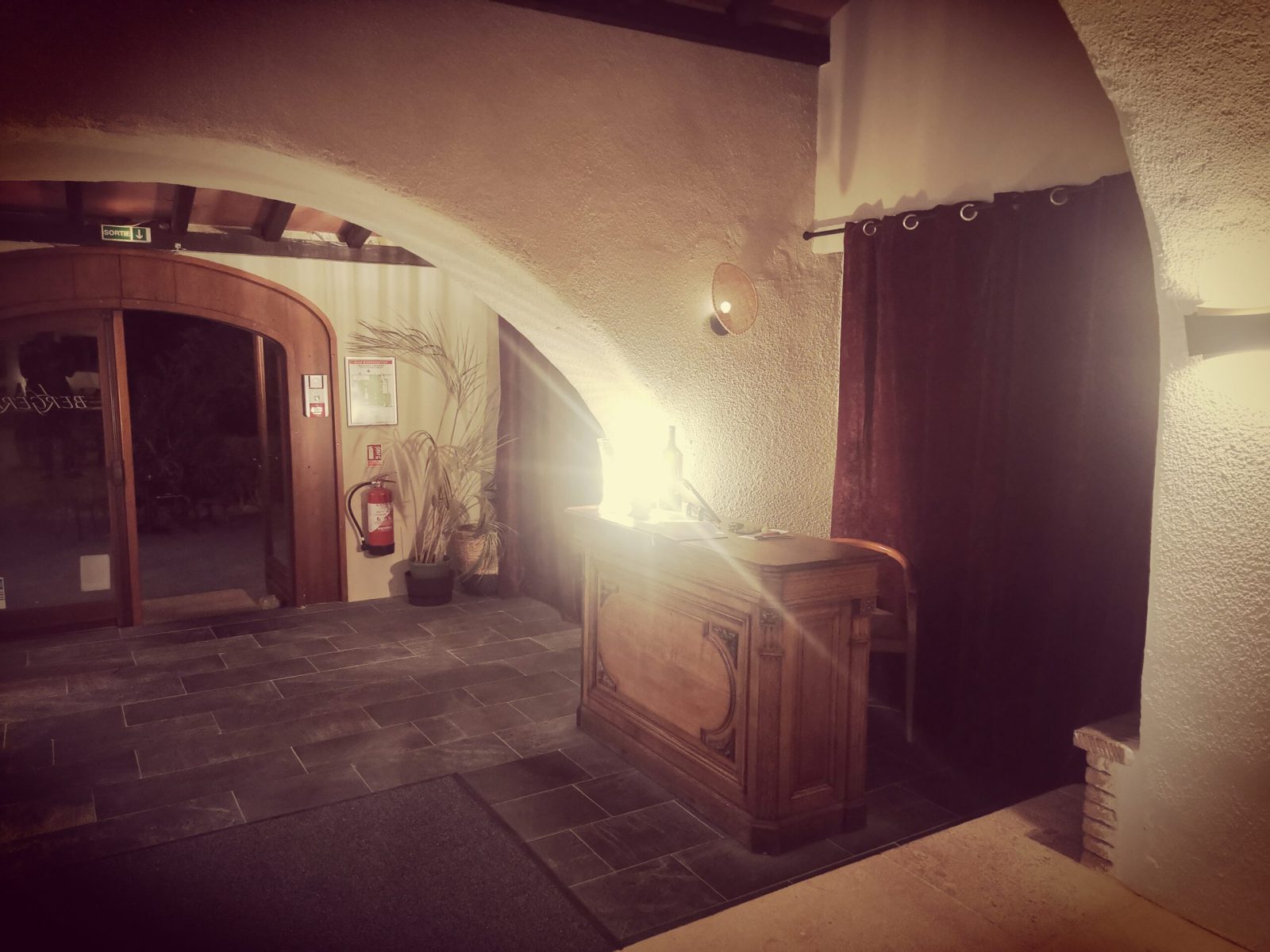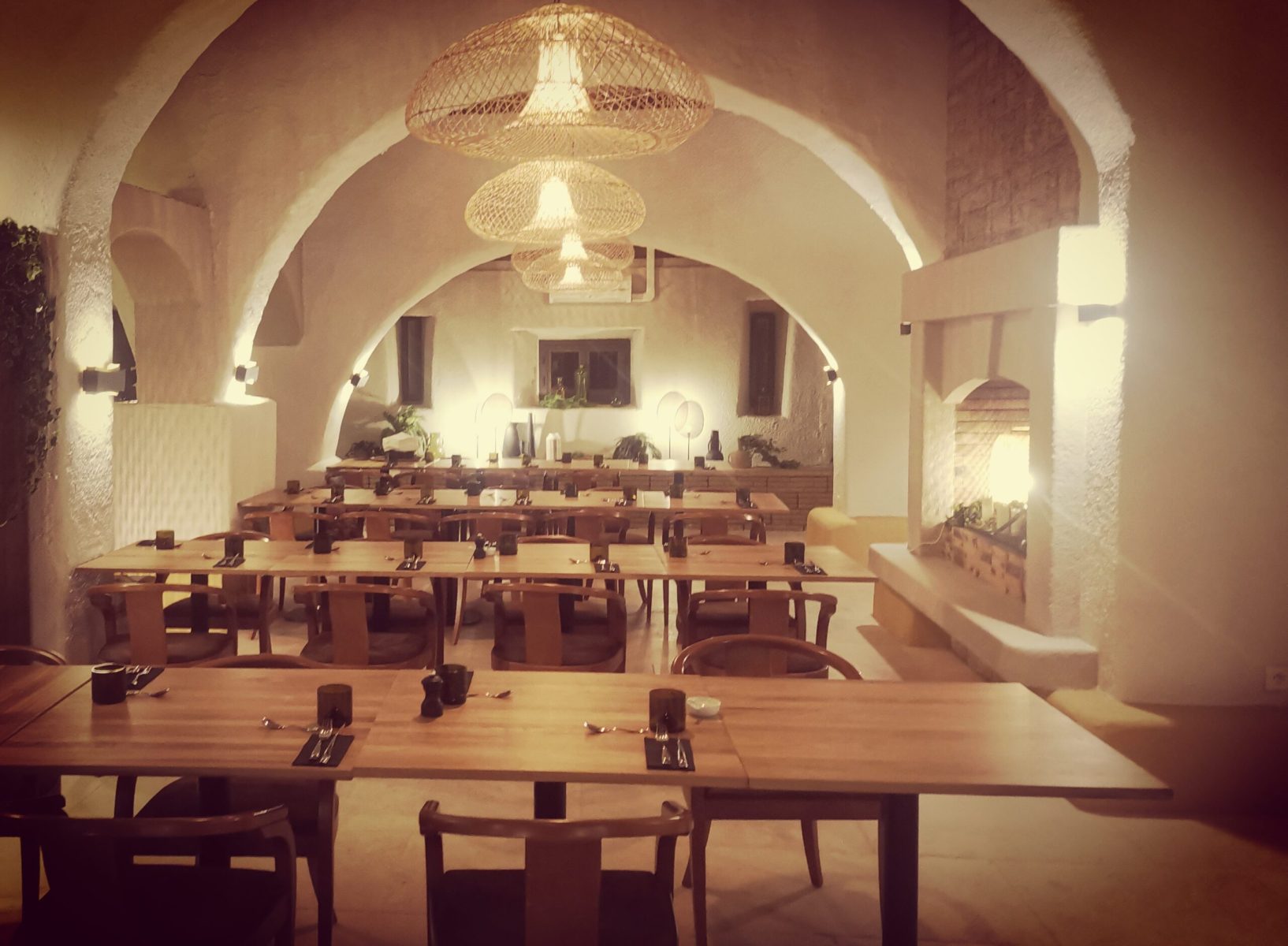Let’s taste a different Corbières facet with the Château de Lastours’ wines

©


We start our Aude wine tour with the Château de Lastours, located in a charming territory in the heart of this department. A hotspot for wine tourism today, the wide territory of Lastours has always been a land of stopover in the heart of the Corbières territory at the dawn of the first millennium.
The vineyard estate of Château de Lastours is spread over 850 hectares, where stands a great biodiversity, colliding with generous vines. Adding to this, a respectable amount of 4000 olive trees stand never far from vines and along a local vegetation, offer a dormer over a garrigue natural framework, between the Mediterranean Sea and the Corbières zone. On top of that, you could as well live the Lastours Experience, thanks to a wide raceways network of mountain road and off-road, beneath the hills. By AP


As far as we know, some garrisons were stationed in the settlement of this Château de Lastours and a fortress even offered a panorama over the rural roads, reaching the Domitian way. In order to welcome any traveler, the Castrum de Turribus was then built (photo credits: AP).


Confiscated in 1791 but sold in 1801, Lastours gradually started to host as elsewhere in the Corbières, countless vines during the 19th century. In this case, two successive families, the Calas and the Martins, both keen on botany and agronomy, paid many efforts to develop the growing wines of their property, notably with the employment of grafting methods.


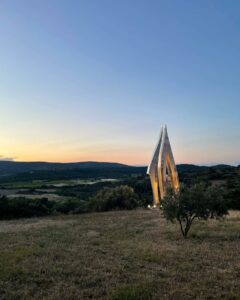

For example, each year, a couple of sheeps mow the exponential grass around vines, while eliminating any weeding need and naturally enriching the surrounding soil with their waste. Otherwise, bees are as well employed, since they are also essential for the floral pollination. That’s why, the domain has decided to set up beehives from 2019, completed with the launching soon of a Lastours honey.

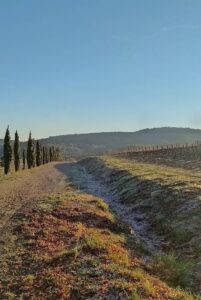
Without forgetting that the several cellars of the Château de Lastours are even equipped with modern devices, combining the latest technology, essentially in terms of design and ergonomics. This juice rolling works so well that this domain is able to reach approximately 450,000 bottles per year. Indeed, those unique wines reflect the true spirit of a real Mediterranean terroir.

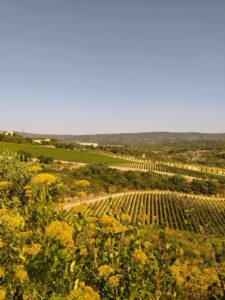
Among the wide variety of premium wines, let’s focus on their Optimus cuvée 2019. This vintage is fully composed of the best local grapes of Carignan variety, without any sulfur added and was even aged during one year in amphorae. Indeed, in this plot, which is over fifty years old, grapes evolve with a rare balance, a high alcoholic degree and a low pH, all those elements designing the key features of this sulfur-free cuvée.
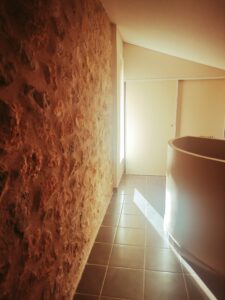

In fact, a particular hygienic care is operated at every stage of the juice production and especially during the one-year aging in amphora, before fining this wine with organic eggs from a regional farm. Apart from this and still located in the heart of the estate, settled between vineyards and scrubland, the Château de Lastours offers a set of B&B accommodation where you could enjoy a pleasant panorama. Organized around the 2 typical villas called “Laurède et Aladères”, they wear a contemporary design, equipped with wide bay windows and sometimes exposed stone walls.


Apart from this, don’t miss the regional menu proposed by the restaurant La Bergerie, open from Thursday noon to Sunday noon. In this vaulted stoned restaurant, you could appreciate some market menus, prepared by the chefs David and Renaud. A good opportunity as well to discover the random wines from the property, associated with fine dishes, served in an authentic framework. In this real trip back in times, with those vaulted ceilings, and a bright overview about the different ranges proposed by the domain. Whether you opt for a Vin Biologique, a Grand Vin du Languedoc or even the Bergerie de Lastours (with AOP Languedoc for the rosé, starring Grenache and Cinsault and an AOP Corbières for the white wine, featuring Roussanne et Vermentino), you could find the right wine for your lunch.
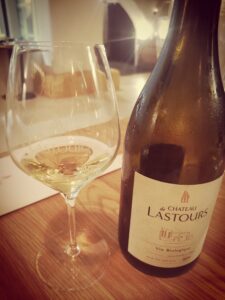

The Cuvée Le Château de Lastours may be conserved for some years, with a white AOP Corbières version, composed of Roussane and Vermentino grape varieties, along a red AOP Corbières edition, with Syrah, Grenache and Carignan elements, aged for 12 months.
In another hand, the Grande Réserve Rouge AOP Corbières holds notes of Syrah, Grenache, Carignan and Mourvèdre grapes, from more than thirty years old vines, in the heart of clay-limestone and stony hillsides, exposed to a certain rising sun. Submitted to a maceration of around 4 weeks, this juice reveals blackcurrant and raspberry fruits on the nose, with an elegant style, full of melted tannins.


